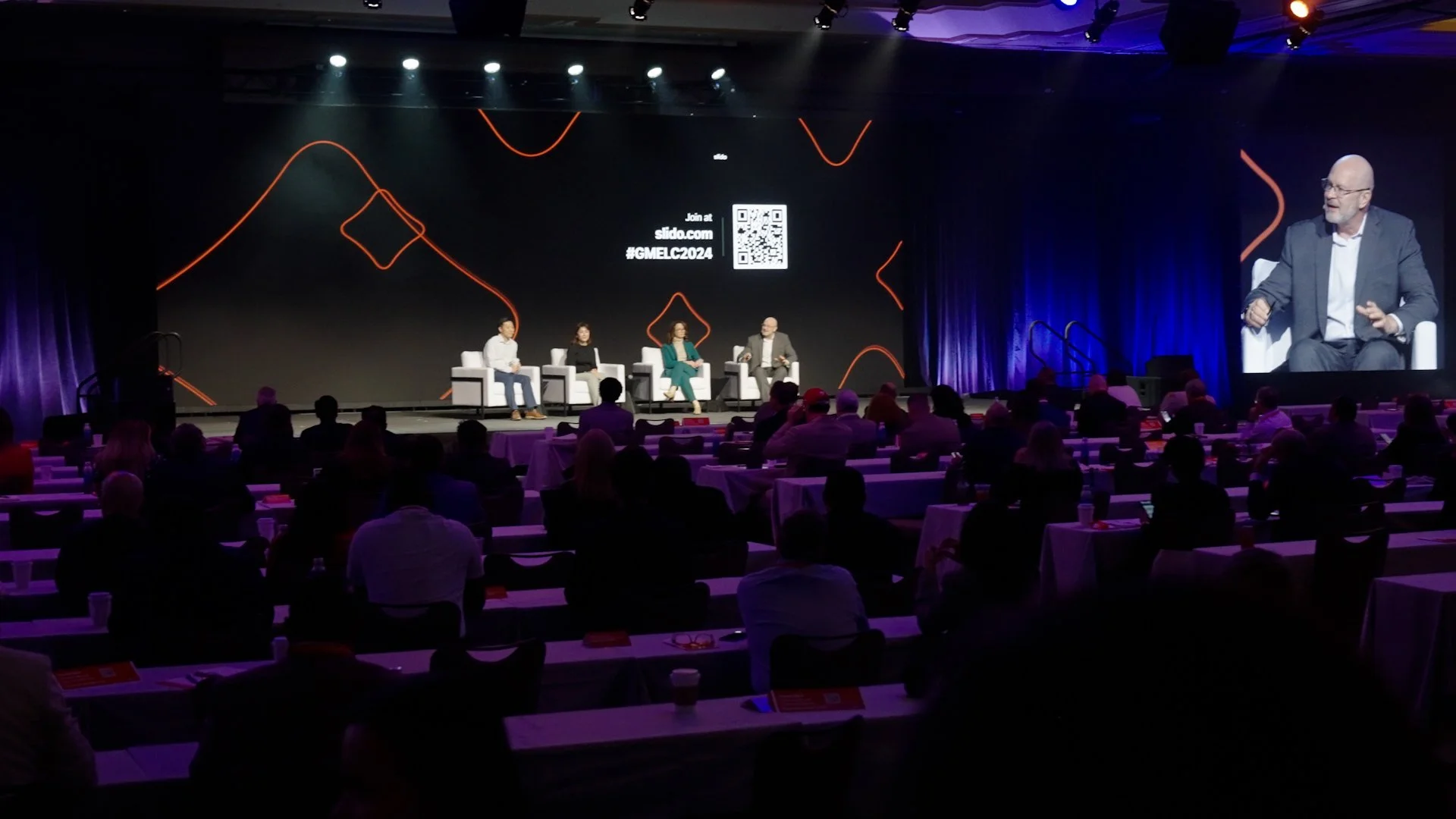Malcolm Simulation






Educating the next generation of emergency physicians requires more than lectures and memorization—it takes intentional design, hands-on experience, and real-world decision-making. That’s the vision behind Malcolm, HCA Healthcare’s structured, simulation-driven learning model. When the team approached us to create a short educational film introducing the Malcolm curriculum, our task was to highlight the why behind the method—not just the what.
This wasn’t a promo. It was a deep dive into how adult learners engage with medicine when the stakes are high and the learning is active. Our goal was to let the residents and faculty speak for themselves—capturing real voices, real simulations, and real transformation.
“The Malcolm method combines pre-reading, flipped classrooms, and high-fidelity simulation into one seamless, outcome-driven model.”
We filmed inside one of HCA’s teaching hospitals, capturing residents mid-discussion as they worked through case-based modules built around core emergency medicine themes. Each Malcolm session begins with pre-assigned readings, but it’s what happens in the classroom that sets it apart. Instead of lectures, instructors guide interactive knowledge-building conversations—where residents are expected not just to know, but to explain, debate, and apply what they’ve learned.
From there, learners move directly into simulation using high-fidelity mannequins like SimMan—applying what they just discussed in dynamic, real-time medical scenarios. Intubations, chest tubes, critical decisions—all done in an environment that mirrors the intensity of an ER.
“Simulation isn’t an add-on. It’s a built-in layer of the Malcolm experience. It turns passive knowledge into procedural muscle memory.”
We filmed procedures from the point of view of both the learner and the patient—capturing hands-on moments, team-based decision-making, and faculty coaching in the heat of simulation. The film also highlighted the observer role: live-streamed scenarios allowed non-participants to watch, reflect, and contribute to post-simulation debriefs.
Residents shared how Malcolm helped them retain more, engage deeper, and connect theory to practice in a way that traditional methods hadn’t. Faculty praised its structured, modular approach for promoting long-term retention and standardizing procedural competency across residency programs.
“Malcolm is more than curriculum—it’s education by design.”
The final video was created as an onboarding and orientation tool for new residents, as well as a scalable model for HCA’s wider network of teaching hospitals. It now serves as both a proof of concept and a touchstone for how modern medical education should feel: immersive, collaborative, and purpose-built for real-world impact.
Educating the next generation of emergency physicians requires more than lectures and memorization—it takes intentional design, hands-on experience, and real-world decision-making. That’s the vision behind Malcolm, HCA Healthcare’s structured, simulation-driven learning model. When the team approached us to create a short educational film introducing the Malcolm curriculum, our task was to highlight the why behind the method—not just the what. This wasn’t a promo. It was a deep dive into how adult learners engage with medicine when the stakes are high and the learning is active. Our goal was to let the residents and faculty speak for themselves—capturing real voices, real simulations, and real transformation. “The Malcolm method combines pre-reading, flipped classrooms, and high-fidelity simulation into one seamless, outcome-driven model.” We filmed inside one of HCA’s teaching hospitals, capturing residents mid-discussion as they worked through case-based modules built around core emergency medicine themes. Each Malcolm session begins with pre-assigned readings, but it’s what happens in the classroom that sets it apart. Instead of lectures, instructors guide interactive knowledge-building conversations—where residents are expected not just to know, but to explain, debate, and apply what they’ve learned. From there, learners move directly into simulation using high-fidelity mannequins like SimMan—applying what they just discussed in dynamic, real-time medical scenarios. Intubations, chest tubes, critical decisions—all done in an environment that mirrors the intensity of an ER. “Simulation isn’t an add-on. It’s a built-in layer of the Malcolm experience. It turns passive knowledge into procedural muscle memory.” We filmed procedures from the point of view of both the learner and the patient—capturing hands-on moments, team-based decision-making, and faculty coaching in the heat of simulation. The film also highlighted the observer role: live-streamed scenarios allowed non-participants to watch, reflect, and contribute to post-simulation debriefs. Residents shared how Malcolm helped them retain more, engage deeper, and connect theory to practice in a way that traditional methods hadn’t. Faculty praised its structured, modular approach for promoting long-term retention and standardizing procedural competency across residency programs. “Malcolm is more than curriculum—it’s education by design.” The final video was created as an onboarding and orientation tool for new residents, as well as a scalable model for HCA’s wider network of teaching hospitals. It now serves as both a proof of concept and a touchstone for how modern medical education should feel: immersive, collaborative, and purpose-built for real-world impact.
Educational Video
HCA Conference
Learn more about how LOT35 produced and hosted the inspiring HCA Conference experience.
Casting Crowns
Learn more about how LOT35 crafted evocative visuals for Casting Crowns’ Desert Road music video.
Carrie Underwood
Learn more about how LOT35 crafted custom tour graphics for the Denim & Rhinestones tour.
Switchfoot
Discover how LOT35 brought Switchfoot’s song ‘You Found Me’ to life in a cinematic music video.







